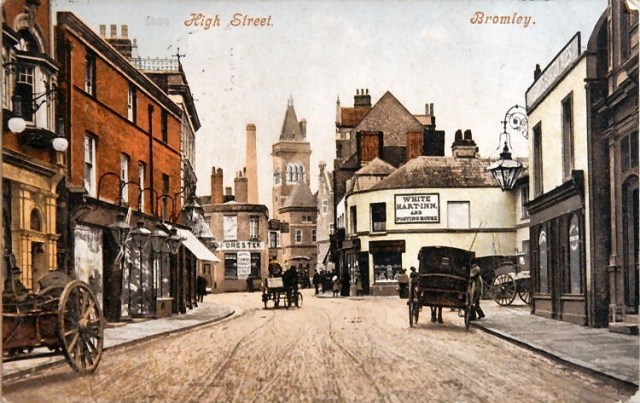
Of all varieties of crime fiction, an historical based on fact may be the most difficult to execute. It requires all the best qualities of a fiction writer; whilst most of the characters and some of the plot are on tap, making them lively and believable is still up to the author. Then the writer has to be a social historian to imitate the manners and customs of the age, and to make the dialogue convincing requires an historical linguist. Language is the bane of contemporary writers; it is constantly changing and acquiring new idioms. Three struck me in The Murder of Harriet Monckton: ‘transpire’ to mean ‘occur’ instead of ‘become known’ was already current in the 1840s, though here characters use it to refer to events they wanted kept secret, quite the opposite of what transpire should mean. ‘Nauseous’ for ‘nauseated’ still evokes ludicrous images. And I am sure no one then used ‘to contact’ to mean ‘make contact with’! But generally the style of The Murder of Harriet Monckton felt right for the time, down to the typeface. I had a different problem with the Audible. Most of the voices were excellent, especially the actor reading the pompous George Verrall. But the reader for the young Thomas Churcher had an overpowering Estuary accent (‘thought’ and ‘thaw’ were homophones) that I’m sure was never heard in 19th-century Kent: in comparison he made Russell Brand sound like Jacob Rees-Mogg.
Elizabeth Haynes shares with Sharon Bolton the honour of being England’s best crime fiction writer. She can create main characters we identify with and love. My favourite is Genevieve in Revenge of the Tide, for her skills both at pole dancing and restoration of watercraft (unfortunately power, not sail). Catherine Bailey of Into the Darkest Corner is such an appealing and vulnerable victim that I cannot bear to reread the book. And Scarlett Rainsford in Behind Closed Doors is the one of the bravest kick-arse heroines I’ve ever encountered. In the hands of a lesser writer, Harriet Monckton might have dwindled to a pitiable doormat, but as recreated by Elizabeth Haynes, especially in the section where Harriet’s diary takes over, Harriet is courageous and enduring, if perhaps too good for the world. An unmarried pregnant woman without any money, Harriet had only one option: “I should present myself at the …workhouse.’

Moll Flanders or Becky Sharpe would surely have contrived to blackmail both principal villains into paying her to keep silence. But this story is based on fact, and with Harriet’s death and the succeeding coroner’s inquest. The first being inconclusive, a second was required three years later.
This story reminded me of both George Eliot and Dickens. The odious George Verrall so recalled Mr. Bulstrode and Mr Chadband. He’s explicit about his sexual practices and the ‘spiritual succour’ he claims to derive from them: ‘The sensation was very different from fucking; the intensity of her efforts concentrated just upon my sex, coupled with her being on her knees in front of me, as if in supplication, as if in prayer…I found myself muttering some words out loud: “Lord grant me…in Thy Holy Name…lead us into Thy Light…” and that too seemed to amplify the sensations. The Lord was with me. The Lord had sent me another, to teach me His Way. That woman on her knees could bring me to Christ, could anoint me with the Spirit and take me to His Glory…At my peak I called out, “Praise be!” and spent into her mouth.’ He really believes it! I thought.
Helen worked as a school mistress in Bromley with Frances Williams, a woman in her thirties who was obviously in love with her. All the marriages in this story seemed unhappy (especially George and Sarah Verrall’s, not surprisingly) but most of the women do not support each other. Harriet’s sister is one of her worst enemies amongst other women as we try to suss out the perpetrator who administered the poison. In a story based on an unsolved real-life crime, the author has to provide a plausible solution and identify a culprit. In the case, the perpetrator was on my list of suspects with motives for killing Harriet, but only at the end do we have enough information. Is it fair, I wondered, to single out a historical person who might actually have been innocent? I think so. We know this is fiction and anyway, one cannot libel the dead.
The Murder of Harriet Monckton is the best historical novel I have read this year, and at times I would rank it with Middlemarch. It’s appropriate that a post-mortem exam should play such a key role here. Like Middlemarch, in this story we view an anatomy of a an entire society at a particular time and place. This is a superb work of historical recreation and Elizabeth Haynes deserves a place at the top level of English fiction writers.
This is one I will definitely read!
LikeLike